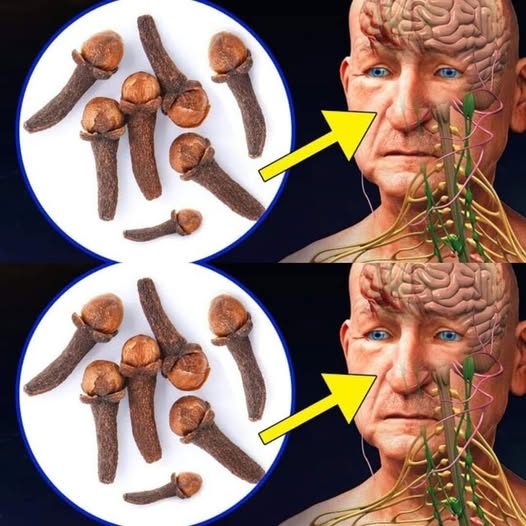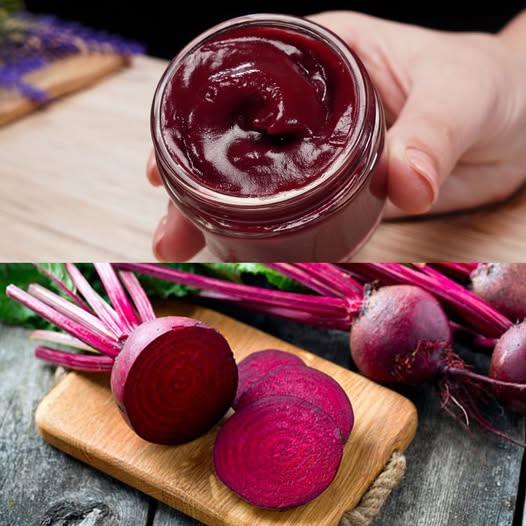Study Confirms Microplastics Are Getting Into Brain Tissue: What You Need to Know

Microplastics—tiny particles of plastic less than 5 millimeters in size—have been found everywhere, from the deepest parts of the ocean to the air we breathe. Alarming new research now confirms that microplastics can make their way into the human brain, raising concerns about potential health risks.
The Study: Microplastics in the Brain
Recent studies have revealed that microplastics, commonly found in everyday products like plastic bottles, cosmetics, and packaging materials, are infiltrating the human brain. These plastic particles can enter the body through ingestion, inhalation, or even skin contact. Once inside, they travel through the bloodstream, potentially reaching the brain and other critical organs.
Researchers conducted experiments on animals and humans, confirming that microplastics, especially those smaller than 100 nanometers, can cross the blood-brain barrier. This barrier usually protects the brain from harmful substances, but microplastics seem capable of penetrating this defense. The study’s findings are a cause for concern, as plastic in brain tissue may disrupt neurological functions and contribute to long-term health issues like memory loss, behavioral changes, and even neurodegenerative diseases.
Health Risks of Microplastics
The presence of microplastics in brain tissue poses several potential health risks. Although research is still ongoing, here are some of the dangers scientists are currently investigating:
- Inflammation and Cellular Damage: Microplastics can trigger an immune response, causing inflammation in the brain. Over time, this could lead to cellular damage and cognitive decline.
- Neurotoxicity: Some plastics contain toxic chemicals, such as phthalates and bisphenol A (BPA), which are known to disrupt hormones and affect brain development. These chemicals could be harmful when microplastics reach brain tissue.
- Oxidative Stress: Studies suggest that microplastics can cause oxidative stress in cells, damaging DNA and proteins. This stress may accelerate aging and contribute to neurological disorders like Alzheimer’s and Parkinson’s disease.
How Microplastics Enter the Brain
Microplastics are everywhere, and they can enter the human body in various ways:
- Ingestion: Consuming food and beverages in plastic containers increases your exposure to microplastics. Seafood, in particular, is a significant source, as fish and shellfish can ingest microplastics from polluted waters.
- Inhalation: Microplastic particles in the air, often originating from synthetic fibers and industrial pollution, can be inhaled into the lungs, from where they may enter the bloodstream and eventually reach the brain.
- Dermal Absorption: Some research suggests that microplastics may even penetrate the skin through personal care products like lotions and scrubs containing microbeads.
What Can You Do to Reduce Exposure to Microplastics?
While eliminating all exposure to microplastics is nearly impossible due to their pervasive nature, there are steps you can take to minimize your risk:
- Reduce Plastic Use: Avoid using single-use plastics like bottles, bags, and straws. Opt for alternatives like glass, stainless steel, and natural materials.
- Filter Drinking Water: Consider using water filters that can remove microplastics from tap water. Studies show that bottled water often contains more microplastics than tap water.
- Limit Processed Foods: Plastic packaging is a significant source of contamination. Reduce your consumption of packaged and processed foods to minimize microplastic exposure.
- Choose Natural Fabrics: Synthetic fabrics like polyester release microplastics when washed. Opt for natural fibers like cotton, wool, or linen to reduce the amount of microplastics shed into the environment.
- Support Environmental Policies: Advocate for stronger regulations on plastic production and waste management. Support bans on microbeads in personal care products and reduce plastic pollution in oceans and waterways.
Conclusion
The discovery that microplastics are making their way into brain tissue underscores the urgency of addressing plastic pollution. While the full extent of the health risks is still being studied, it’s clear that minimizing exposure to microplastics is crucial for both individual and environmental health. By reducing plastic use, supporting eco-friendly alternatives, and being mindful of your consumption habits, you can help protect your brain and the planet from the dangers of microplastics.





